Is migration changing nature of Bangladesh state?

by Afsan Chowdhury:
AT NO time in history has the peasant been so powerful compared with the urban state as they are today. This may sound rhetorical, but the relative wealth of the rural classes who can do so without accessing state facilities has become the most significant and yet a silent challenge against the formation of the character of the nature of the formal state.
There are two aspects of the state character. One is formal that is it draws its nature and legitimacy from the constitution. The other is informal which is based on the structure of the social behaviour that pervades society. The way the constitution has evolved, state politics has functioned and the elite classes have evolved in the light of the national and global economy, it may be that the nature of the state as imagined in the constitution may have undergone significant changes while entering the realms of reality in the later years.
First constitution and formal state
THE first constitution was the most important formal document reflecting the nature of the state that the ruling class of that time wanted to describe themselves as. The four pillars of the constitution, hence the state, were stated as (a) nationalism, (b) democracy, (c) socialism and (d) secularism. After 50 years of the formation of the constitution, an examination will show how the formal sector trying to build the newly emerged was largely out of touch with the informal state. The formal was not just idealistic but ideological and utopian. It also had contents which would meet with resistance.
Bengali nationalism was hardly a universal idea amongst Bangladeshis. The Muslim peasantry in Bengal was a historical continuity, but a Bengali peasantry was not. As a result, it may have been a useful ‘identity’ to mobilise the middle class against the expansionist ‘Pakistan’ idea which was a mix of politics, religious culture and strategic ideology against India. The idea of ‘India’ was also the same.
But, independently, being Bengali was not the core of the identity of the masses of 1971. It was an interpretation of convenience by a class to make a separation from the Islamic part of Pakistan. It would have been useful to look at the identity politics of Maulana Bhashani to understand this issue better.
Socialism and secularism
SOCIALISM really had no place in the constitution and one wonders how that even came to be part of the constitution. Today, no one even mentions that as globally, it has become a fringe idea. Even the Awami League literature does not hold references to it.
Secularism was probably the most self-defeating of all the pillars because the backlash from the rural areas was the highest and the rest high. And today, the constitution’s most actively adjusted amendments are socialism and secularism. Bangladesh’s state religion is Islam whatever that means but it is an unnecessary statement given its history. But it was inevitable, given the secularism insert.
As for democracy, the term is so vague that no common interpretation is possible, but Bangladesh has gone from multi-party state to one-party state to martial law to every political construct possible with elections considered unable under any government in power to street movement to establish elections to the rest and still flounders to establish what it calls consensual democracy.
Migrant and informal state
THE total labour force of Bangladesh is around 74 million of which 48 million are male. Twenty-five million are female, as per the Labour Force Survey 2023. It means those above 15 years and working. Of this population, out of the 48 million are males, 14 million are male migrant workers as per the finance minister. Of the total 25 million, about one million are female migrant workers.
This does not include migrants to India who are about five million very conservatively and Pakistan where they number around 2–3 million as per Pakistan sources. Approximately, 20 million people are migrant workers that are roughly 27 per cent of the total working population. Not only is this the highest percentage in the world but effectively means that this segment, almost entirely rural, is not dependent on the state’s economy. Their relationship with the state is entirely informal. And, this number is growing and also does not include migrants to the west.
Informal segment that is growing
THESE people are collectively one population segment and carry roughly the same values and their inter-action pattern with the state is similar. On top of that, they are also much better off than the rest and in the rural areas are the most well off and influential people in their respective areas. Research has shown that if they are peacekeepers, it becomes an add-on.
These people are not part of the first constitution gharana nor believers in that. They were not consulted and not just because there was no mechanism to do so, but the middle class, the believers and keepers of the first, hardly are of the same value structure.
The urban shushil class are dependent on the formal state for livelihood and other opportunities but the rural people do not make the state a ‘lesser necessary’ reality. None of the functions really matters to them and as their activism, if at all, is entirely cultural, we have the most economically independent population that has no stake in the conventional first constitution-based formal state around which conventional political culture swirls.
Afsan Chowdhury is a researcher and journalist.


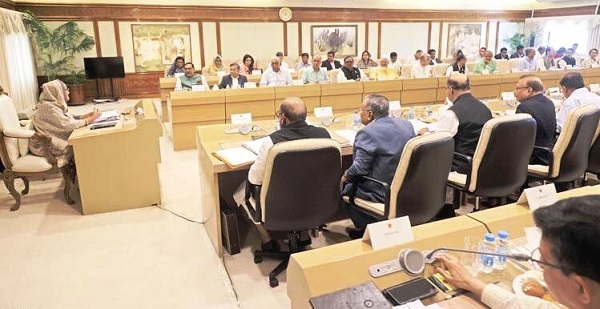



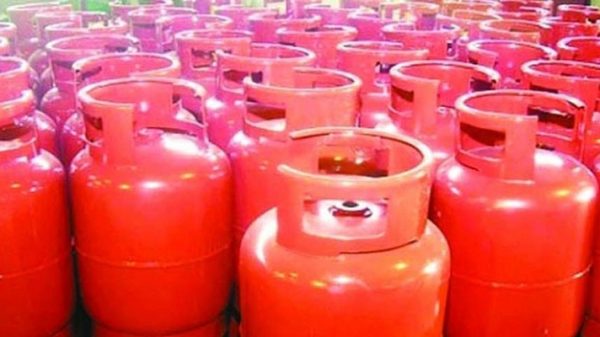
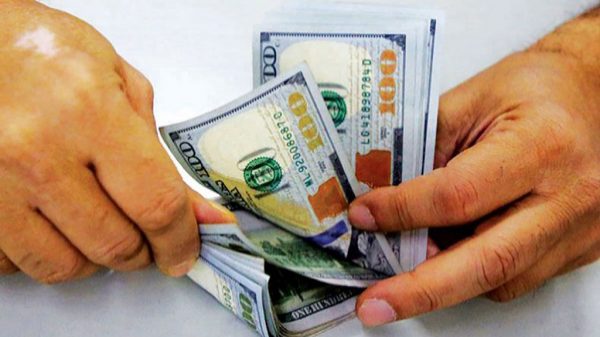


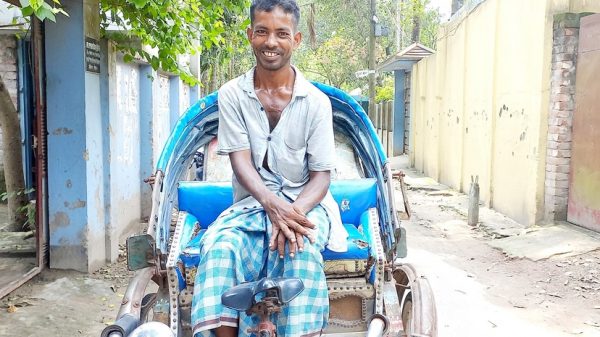
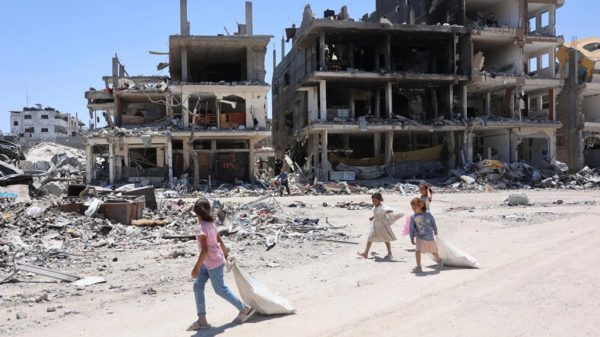











Leave a Reply